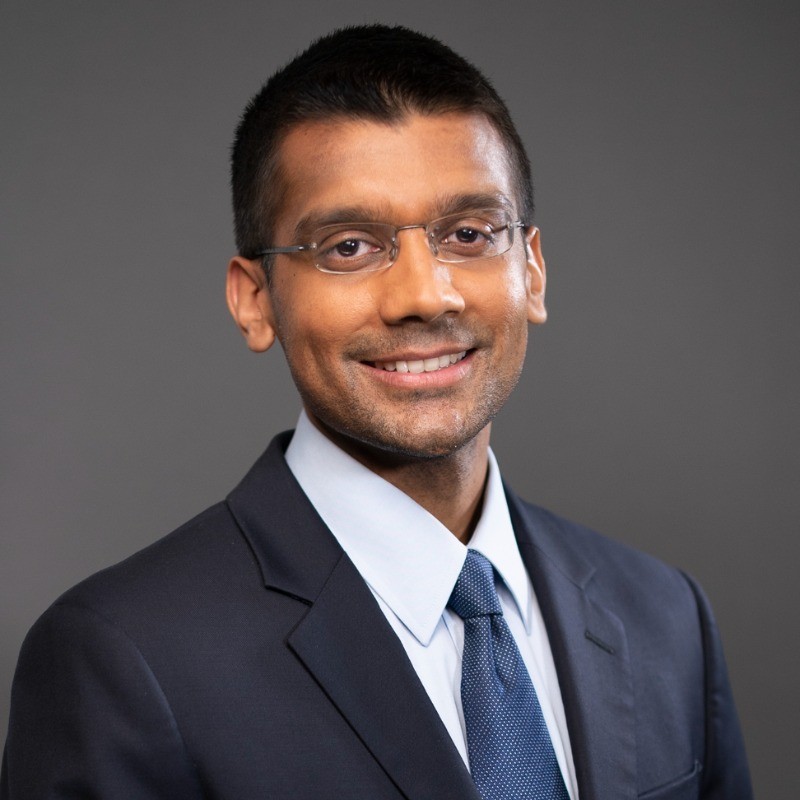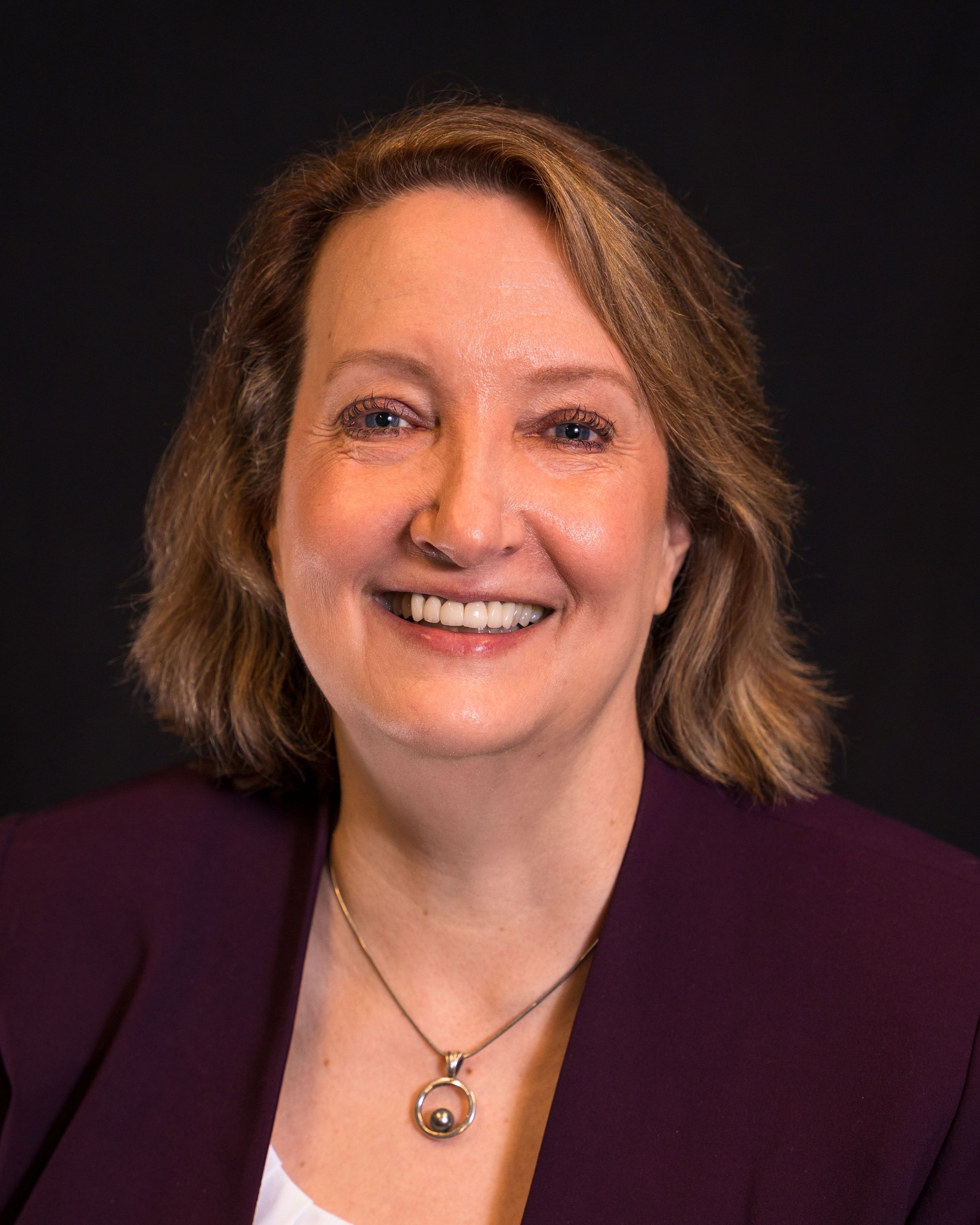Dr. Catherine Brown, state epidemiologist and state public health veterinarian at the Massachusetts Department of Public Health, discusses ASTHO’s recent meeting with the Council of State and Territorial Epidemiologists (CSTE) and the importance of the One Health approach; a recent ASTHO blog article details the importance of ensuring animals are accounted for during radiological incidents; Dr. Dave Chokshi, chair of the Common Health Coalition..
Dr. Catherine Brown, state epidemiologist and state public health veterinarian at the Massachusetts Department of Public Health, discusses ASTHO’s recent meeting with the Council of State and Territorial Epidemiologists (CSTE) and the importance of the One Health approach; a recent ASTHO blog article details the importance of ensuring animals are accounted for during radiological incidents; Dr. Dave Chokshi, chair of the Common Health Coalition, explains the changes made to FDA regulations ahead of respiratory vaccination season, and how the coalition can help public health leaders prepare; and ASTHO will hold its next succession planning webinar on September 18, with a focus on laying the groundwork and incorporating data into planning efforts.
ASTHO Web Page: One Health Webinars
ASTHO Blog: Planning for Animal Needs During a Radiological Incident
ASTHO Webinar: Succession Planning Part 2 of 3: Laying the Groundwork
JANSON SILVERS:
This is the award-winning Public Health Review Morning Edition for Wednesday, September 10, 2025. I'm Janson Silvers. Now, today's news from the Association of State and Territorial Health Officials.
CATHERINE BROWN:
I don't spend a lot of time using the term. What's more important to me is to walk the walk, not just talk the talk, right?
SILVERS:
That term? One Health, and Dr. Catherine Brown, state epidemiologist and state public health veterinarian at the Massachusetts Department of Public Health says it's a key part of staying prepared as we mark National Preparedness Month. ASTHO recently met up with the Council of State and Territorial Epidemiologists, or CSTE, for an in-person meeting about One Health and how public health professionals can work to connect with experts across disciplines to solve health problems in their communities. Brown says the meeting was invigorating.
BROWN:
It was such an energizing meeting to participate in. I really found the participants to be highly engaged and really eager for the opportunity to discuss One Health activities that they were involved with, but also, they were excited to hear about One Health ideas from other jurisdictions.
SILVERS:
The meeting emphasized the importance of opportunities where partners from all fields of health can share space.
BROWN:
Having representatives from public health and academia was really important, but we're only a few of the players that are actually necessary to make a true One Health approach work.
SILVERS:
Brown says that One Health is about identifying gaps in expertise and bringing in the right people.
BROWN:
A real One Health approach means that you need animal health folks, you need public health, you need medical professionals, and you often need environmental health experts as well, in order to design a truly comprehensive approach that balances all the different needs of those different disciplines.
SILVERS:
One Health can be especially helpful during health emergencies such as radiological events, because these types of incidents require coordination and collaboration from experts across different fields. For example, every department should have a plan in place for the animals in the community, household pets, service animals and even livestock can impact an individual's decision to evacuate, and are an important part of emergency planning. To learn more about the organizations and federal partners that can help your agency be animal-ready in a radiological emergency, check out ASTHO's recent blog article. There's a link in the show notes that'll take you right to it. There's also more information about One Health that's in the show notes as well.
For public health, the beginning of fall means the beginning of respiratory vaccination season, and this year, there are some last-minute changes to federal regulations.
DAVID CHOKSHI:
There were some headlines a few days ago because the FDA updated the labels for COVID-19 vaccines for the '25-'26 season.
SILVERS:
That's Dr. Dave Chokshi, chair of the Common Health Coalition, discussing the FDA's recent update to the COVID-19 vaccine label, which will impact access to vaccination services.
CHOKSHI:
It will be harder for those who particularly are not on-label, to receive the vaccine in places like pharmacies, the workplace, and other settings where physicians aren't administering the vaccine, and it's even possible that, given the confusion, physicians themselves will be hesitant to offer the vaccines off-label, though that is within our scope of practice.
SILVERS:
Chokshi says this uncertainty is an opportunity for public health.
CHOKSHI:
This is where state health officers can work to communicate clearly about their own state's scope of practice and liability laws, because these do vary a bit from state to state.
SILVERS:
For any public health leaders looking for vaccine resources, the Common Health Coalition coordinates across payer, provider, and public health organizations to protect access to respiratory season vaccines.
CHOKSHI:
We do this in a few ways, for example, supporting operational alignment, ensuring there's clear communication and then sharing implementation tools across all of the different sectors and partners that I mentioned.
SILVERS:
While the coalition can help state health officers prepare, it can also play a role during any unanticipated challenges. You can visit the Common Health Coalition's website by clicking on the link in the show notes.
Finally, next Thursday, September 18, at 2 p.m. Eastern Time, ASTHO will hold the second session in its three-part series on succession planning in public health. This session, Laying the Groundwork, will review a step-by-step overview of each stage in the process and how to incorporate staff survey data into planning efforts. You can register for the event using the link in the show notes.
That'll do it for today. We're back tomorrow morning with more ASTHO news and information. I'm Janson Silvers. You're listening to the award-winning Public Health Review Morning Edition. Have a great day.






